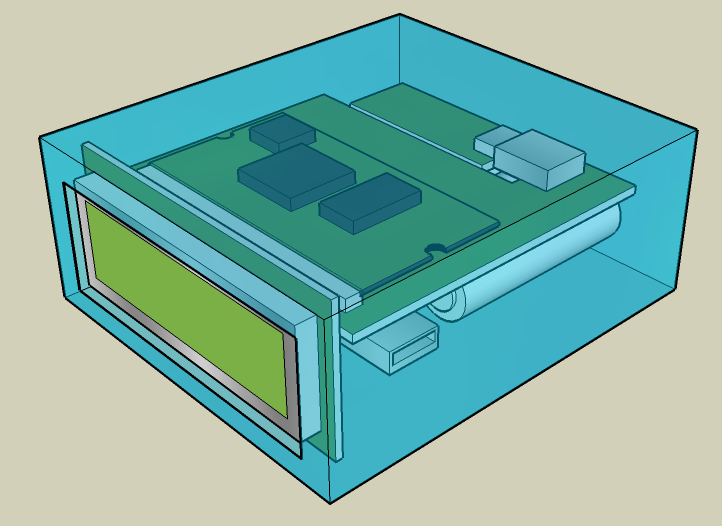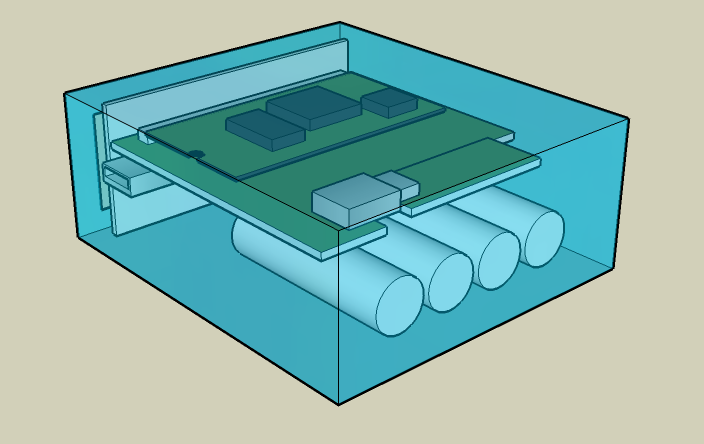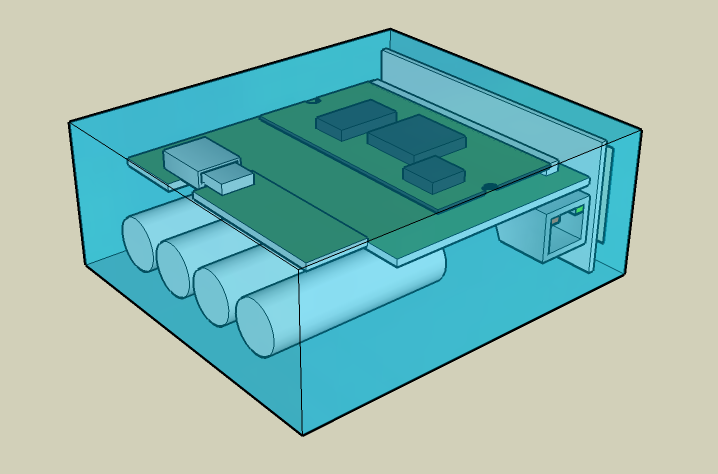Difference between revisions of "Wearable computer project"
m (→see also) |
Russ hensel (talk | contribs) |
||
| Line 24: | Line 24: | ||
* [[Projects#motherboards_that_run_Linux | motherboards that run Linux]] | * [[Projects#motherboards_that_run_Linux | motherboards that run Linux]] | ||
| − | |||
Revision as of 09:35, 31 July 2011
Wearable Computer Project
Ok, so I can say a bit more about this now. I'm planning to create my own wearable computer device. While I can't discuss what it's supposed to do, I'm hoping I will be able to design a device that can fit more than one application.
Requirements
- Must run Linux or Windows CE. Although I have more experience with Windows CE, I think for what I intend to dod with it Linux would be more appropriate.
- Must have around 200 MIPS computing power. FPU is not really required. It would probably make life easier but these things cost money.
- Must have at least 8MB of Flash storage space for OS, applications and settings.
- Must have at least 64MB of RAM. At least.
- Must have an 10/100 ethernet port.
- Must have TWO USB 1.1/2.0 Full Speed host ports, of which one is accessible out the enclosure.
- Must be battery powered. I'm looking at either 4xAA or 1 Li-Poly cell.
- Must last a couple of hours.
- Must be belt-wearable.
Current Ideas
I was thinking of designing a custom baseboard for a system module like the Toradex Colibri, but I have to keep power consumption low so I might opt for a board based on the AT91RM9200 processor. I like the concept of SODIMM 200-pin modules. I threw something conceptual together in Google SketchUp:
The peculiar thing about the internal USB socket is that I can plug in any host-powered wireless module that I want. It certainly is cheaper than trying to fit a wireless module onto the custom board. At least in the low volumes that I'm thinking of. You could also fit it with different types of modules based on the requirements, for example a USB to Wireless chip for wireless applications, or a Bluetooth dongle for a link with a handset. Why spend more money if you can just take a DLink module, strip its shell and place it in this device for $20?


